Tjack
Contributor
- Messages
- 998
- Reaction score
- 191
- # of dives
- 500 - 999
Japanese for nudibranch is nudiblank . sorry joking it is pronounced UMIUSHI
C
I figured someone must eat them
Welcome to ScubaBoard, the world's largest scuba diving community. Registration is not required to read the forums, but we encourage you to join. Joining has its benefits and enables you to participate in the discussions.
Benefits of registering include
Japanese for nudibranch is nudiblank . sorry joking it is pronounced UMIUSHI
C
Not so sure they are edible, I understood that they are loaded with toxins from the stuff they eat, and the bright colours are a signal to other marine critters that they don't taste nice.
Mind you if anyone ate them I would put the Japanese at the top of the list
from recent trip to Lembeh; early august 2014.
all pics below were taken by my daughter
Ceratosoma ?? by mel by Wisnu Purwanto Family, on Flickr
Hypselodoris emma by mel by Wisnu Purwanto Family, on Flickr
Flabelina exoptata 2 by mel by Wisnu Purwanto Family, on Flickr
Nudi TBD by mela by Wisnu Purwanto Family, on Flickr
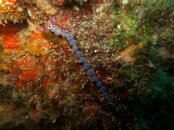 Blue Dragon, Pteraeolidia Ianthina- Myanmar
Blue Dragon, Pteraeolidia Ianthina- Myanmar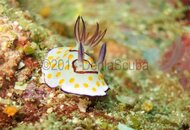 Chromodoris Annulata- Myanmar
Chromodoris Annulata- Myanmar Wart Slug- Myanmar
Wart Slug- Myanmar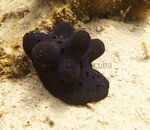 Coriocella Hibyae, Gummy Slug- Myanmar
Coriocella Hibyae, Gummy Slug- Myanmar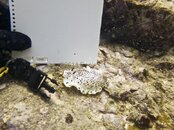
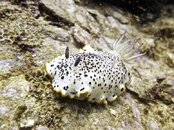 N/A- Mynamar
N/A- Mynamar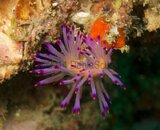 Gas Flame, Bonisa nakaza- Phuket Thailand
Gas Flame, Bonisa nakaza- Phuket Thailand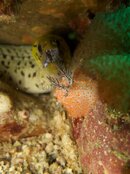 Halgerda - Myanamr
Halgerda - Myanamr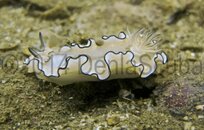 N/A- Phuket, Thailand
N/A- Phuket, Thailand N/A Phuket, Thailand
N/A Phuket, Thailand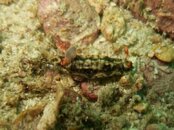
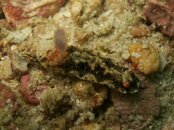 Unknown- Myanmar
Unknown- Myanmar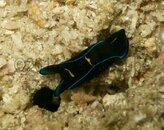 N/A- Myanmar
N/A- Myanmar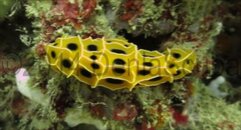 Phyllidiidae, Reticulidia Halgerda- Phuket, Thailand
Phyllidiidae, Reticulidia Halgerda- Phuket, Thailand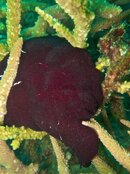
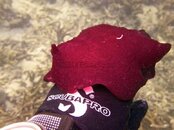 Pleurobranchus Forskali, Carnivorous Sidegill Slug
Pleurobranchus Forskali, Carnivorous Sidegill SlugNice shots Wisnu (btw, 10 days after I contacted you, it happens I had my spare 7D camera flooded -again- in Alor).
Let me try some Id.
I would bet on Ceratosoma Gracillimum on the first nudi above, because of the lack of mantle edge. past the rhinophores.
I woudl beg to differ on your second image and recognize a juve Hypselodoris Nigrostriata
Third small yellow folk is most probably Jorunna Parva.
